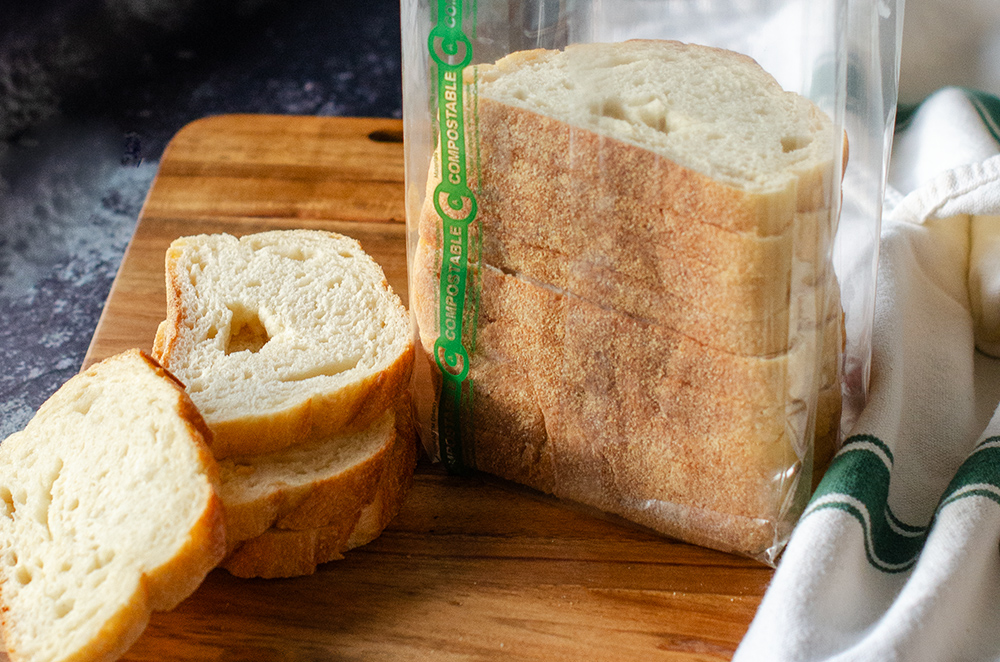Recent Posts
- Home
- Elevate Blog
- What Makes Compostability Certification Effective?
What Makes Compostability Certification Effective?
Posted on

PART 1: What Makes Compostability Certification Effective?
PART 2: Ensuring the Success of Compostable Packaging
Compostable packaging reduces the need for plastic, diverts waste away from landfills, and ultimately helps to create a beneficial end product - compost!
Manufacturers of compostable products validate compostability claims by testing and certifying their materials. These tests are done in a lab to ensure the material's capability to decompose in a managed environment. They assess if a material can biodegrade, disintegrate, and become healthy compost under measurable and reproducible composting conditions.
But how reflective are lab conditions of the complexities of the outside world? What is the goal of compostable packaging, and what makes certification effective?
What does Certified Compostable Mean?
For a product to be certified compostable it has undergone testing to verify that it meets all of the following criteria set by ASTM D6400 “ Standard Specification for Labeling of Plastics Designed to be Aerobically Composted in Municipal or Industrial Facilities” or European equivalent ISO 17088. A third-party organization tests and verifies a product or material to these standards.
When a product or material is ASTM D6400 compliant, it means that it meets the criteria to be composted in municipal and industrial composting facilities. These standards determine whether a product or material will biodegrade and disintegrate at a rate similar to known compostable materials. Additionally ASTM D6400 testing verifies that the material or product does not release dangerous toxins or residues, and that the resulting compost will not damage plant life.
What is ASTM D6400?
ASTM D6400 was developed in response to concern from the FTC and various state legislators about environmental claims being made by manufacturers about the biodegradability and compostability of their products. A committee was formed to develop a science-based standard test method and specifications for labeling products as compostable. The standards were designed to protect composters, compost end users, and the environment.
Compostability encompasses four factors - biodegradability, disintegration, ecotoxicity, and heavy metals content.
1. Will it biodegrade?
ASTM D5538 “ Standard Test Method for Determining Aerobic Biodegradation of Plastic Materials Under Controlled Composting Conditions, Incorporating Thermophilic Temperatures” is a core component of ASTM D6400 testing. This test shows that the material will biodegrade within 180 days and therefore will not accumulate over time when the compost is applied to soil.
However biodegradable does not mean the same as compostable! There are additional requirements for a product to be considered compostable.
2. Will it disintegrate in the timeframe needed by industrial compost facilities?
Disintegration testing is designed to measure whether the material breaks down and falls apart under typical commercial composting conditions. Disintegration is not proof of biodegradation, but combined with biodegradability testing it means that a product will biodegrade and disintegrate to become sellable compost (90% of the material must pass a 2-mm sieve after 90 days).
Why is this important? There are many natural materials known to be biodegradable that will not disintegrate within the time frame needed by a composting facility. Industrial composting facilities are businesses that produce and sell compost. They cannot sell compost that contains visible fragments of material, so they will not use materials that do not disintegrate within the timeframe needed. Compost users would not want visible fragments in the compost they buy!
3. & 4. Will it cause harm?
Ecotoxicity and metals testing protect the environment, compost plant operators, and compost end users. This testing includes screening for harmful residues in finished compost and a seed germination test to ensure that the finished compost is not detrimental to plant growth.

What Makes Compostability Certification Effective?
Certification verifies that a compostable material will compost under "optimum" composting conditions. It is a good first step to know whether a material has the ability to biodegrade in the first place, and to screen for any potential toxins or residues that may be released as the material biodegrades.
Certification also sets a basic standard for the time limit within which something must become part of usable compost. Timeframes are helpful to industrial composters as it increases the efficiency of their process, ensuring that all of the input composts at relatively the same rate.
Is lab testing enough?
Limitations of Lab Testing
“Because there is a wide variation in the construction and operation of composting facilities and because regulatory requirements for composting systems vary, this procedure is not intended to simulate the environment of any particular composting system. However, it is expected to resemble the environment of a composting process operated under optimum conditions where thermophilic temperatures are achieved.”
- ASTM D5338 (biodegradability testing portion of ASTM D6400)
Composting is a managed process in which microorganisms break down organic matter. Organic materials are introduced to microorganisms, moisture, and oxygen. There are also different microorganisms at work in a compost pile at different temperature stages. These organic materials, moisture, oxygen, microorganisms, and temperatures are required for effective aerobic composting.
While a lab test uses measurable and reproducible optimum conditions, the world outside the lab doesn't always adhere to the same standards! Differing climates, composting methods, feedstock (ingredients), and time frames mean that each industrial composting site is slightly different.
While industrial composting manages these variables as much as possible it cannot account for everything in the way that lab conditions might. This means that lab testing alone is not enough to ensure that compostable materials are composted.
When we ask what makes compostability certification effective, the answer may depend on the goal of certification in the first place. If the goal is to simply label compostable materials, is that effective? Or is it no better than the recyclables myth?
We need to ensure that compostable packaging gets composted!
Let’s Make Composting Mainstream!
Ask us how to get ALL your packaging composted.
Contact Us
 Loading... Please wait...
Loading... Please wait...



